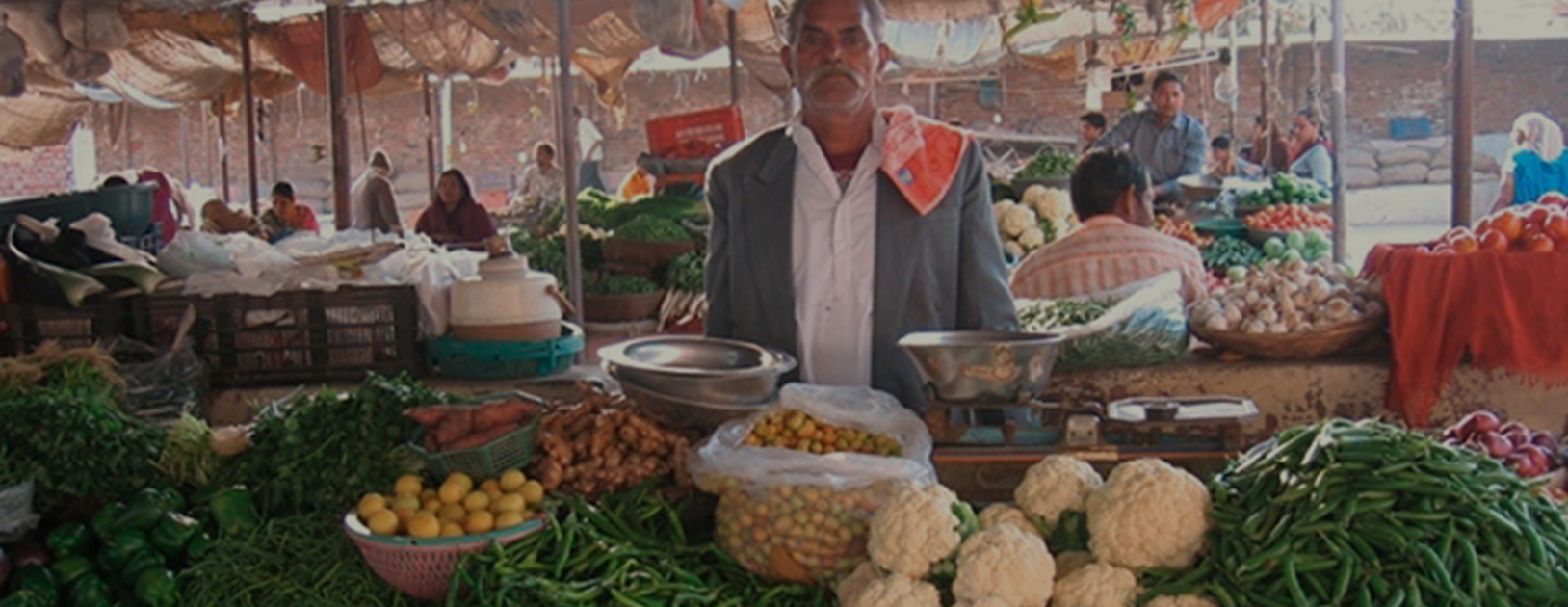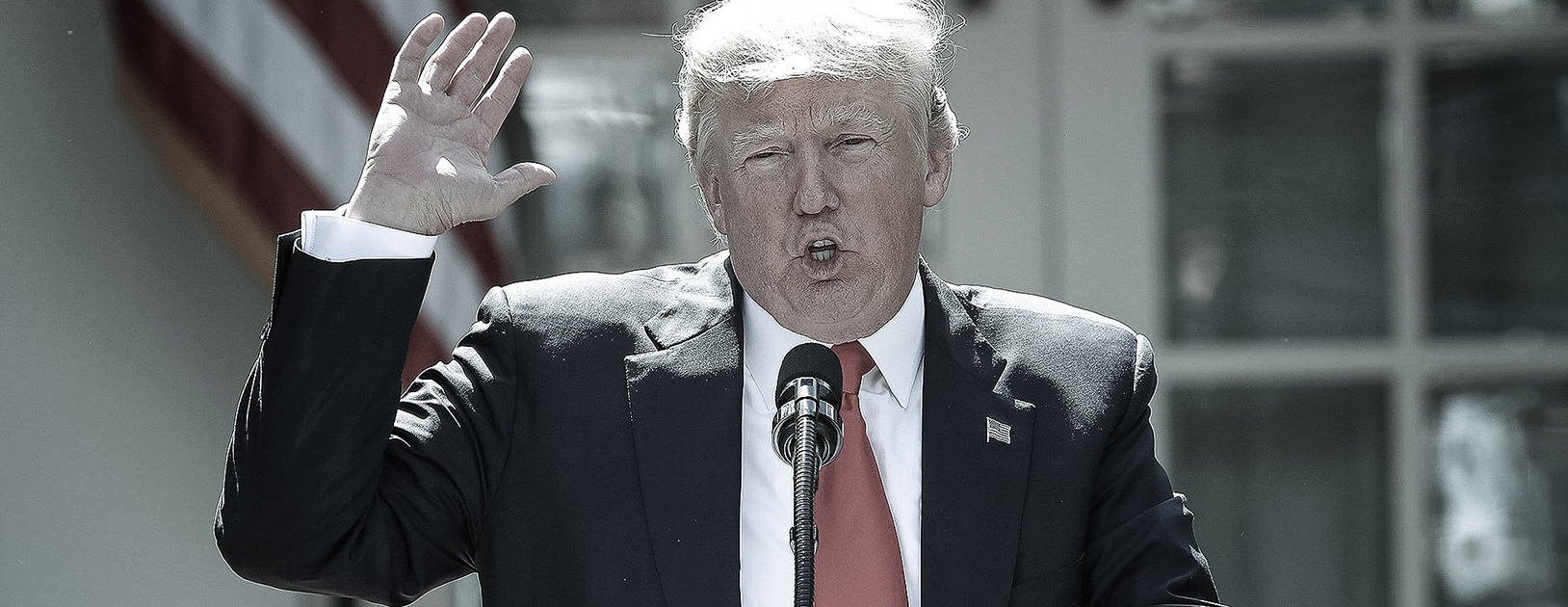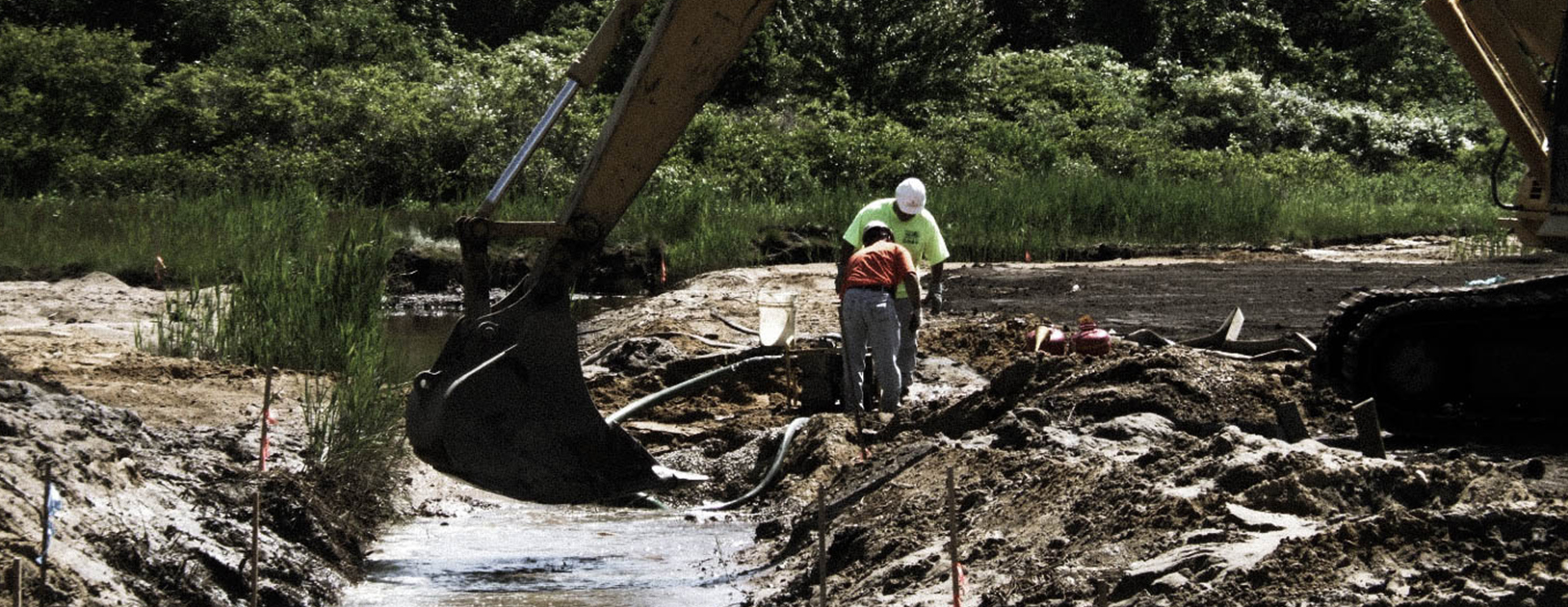
Kanhu Charan Pradhan from CPR, who was among the first scholars to highlight the specific role of Census Towns in the 2001-2011 period, draws on his earlier research to explain the role of census towns in understanding the pattern of urbanisation in India.
How is the ‘urban’ defined in India?
The definition of what is ‘urban’ in India is relatively complex. The UN ‘Demographic Yearbook 2005’, which compiles the various ways in which urban is defined across the world shows that the Indian definition is unique to the country. All urban areas in India can be broadly classified into three groups on the basis of their manner of governance.
- The first type includes all urban areas that are established under a law, whether it is a state or a central law. These urban areas have a pre-defined structure of urban governance and they are known as ‘statutory towns’ (STs). They are governed by urban local bodies.The STs can be further divided into three groups depending on the nature of laws under which they were established. ‘Cantonment boards’ in India come under the central government and were established under The Cantonment Act, 2006. Urban local bodies were given constitutional status under the 74th amendment to the Constitution of India. States define specific criteria for categorising various types of municipalities, and these often differ from one state to another. Overall, ‘Municipal Corporations’ are instituted for large cities while ‘Municipalities’ cover smaller urban settlements, and ‘Nagar Panchayats’ are set up for transitional areas. However, a particular place can be excluded from the purview of municipalities, if a state decides to declare that area as ‘industrial township’ under an appropriate state law.
- The second type of urban areas are known as ‘census towns’ (CTs). They are identified by the Registrar General of India (RGI) as a result of the population census exercise. CTs include all villages which satisfy the three predefined conditions of population size (at least 5,000), population density (at least 400 people/sq. km.) and non-farm workforce (at least 75% of male workforce). However, CTs continue to be governed as villages, and are part of Panchayats, which were given constitutional status under the 73rd amendment to the Constitution of India.
- The third type of urban areas, which are neither STs nor CTs are ‘out growths’ (OGs). These include all settlements or partial settlements that always lie near a ST but outside its statutory limits. Here, the test is whether these areas possess urban infrastructure and amenities, not whether they satisfy criteria on population size, density and economic activity, like the CTs. The OGs, like CTs, are governed as rural areas.
What are the main challenges of the identification methodology of census towns or CTs?
It is important to note that the RGI finalises the rural/urban classification before the census actually happens. This is because the census schedules are different for rural and urban areas. However, there are three main challenges in the methodology used to identify CTs.
- Firstly, it considers all STs as urban before the census is conducted. Then it identifies CTs using the previous census data. It uses a population cut-off of 4,000 in the previous census, instead of 5,000, with the working assumption that these places will have reached 5,000 people in one decade. But it requires the settlements to cross the thresholds of density (400 people/sq. km.) and non-farm work (75%), in the previous census. Due to the difference in the expected and actual population growth, some of the CTs which are classified as CTs do not satisfy some or all conditions. On the other hand, some villages, which actually satisfy these conditions are not identified as CTs. In addition, levels of non-farm work can reduce from one census to another.
- The second problem is related to the use of one common definition for such a large and diverse country. For instance, the settlement pattern in India is very different from state to state. The average size of villages in the hilly states is relatively much smaller than plain states. Similarly, the population growth varies greatly across space.
- The third challenge is related to the sensitivity of the definition itself. To briefly explain, if we reduce the population cut-off by 500 (3,500 people instead of 4,000 people), then 40 million more rural population in 2011 would be eligible to be classified urban in the coming census. Similarly, a reduction of 5 percentage points in the workforce criteria implies that 18 million additional rural people would be classified as urban. Researchers have also tried other methods to define urban; such as on the basis of commuting distance (Uchida and Nelson) and contiguous built-up area (Denis and Marius-Gnanou).
How did the debate on census towns start and what is the debate about?
CTs are not new in India. The RGI is classifying settlements as CTs since the 1961 census. I got interested in the subject due to the high increase in the number of CTs in Kerala combined with a high urban population growth. When I found out that almost all the urban population growth in Kerala was explained by the new CTs, I expanded that work. This work was one of the first published papers on CTs in Economic and Political Weekly. The findings of the paper, which showed, inter alia, that one third of the urban population growth during 2001 and 2011 was due to new CTs generated more interest among researchers, and the steep increase in the number of CTs from 1362 in 2001 to 3892 in 2011 was highlighted in newspapers. Some even questioned whether the large increase in the number of CTs was an attempt to inflate the extent of urbanisation. Over time, it has modified our vision of an urbanisation driven only by large cities and opened new debates on topics, such as: how are these CTs spread across India? Are the economic structures and the access to amenities in these CTs different from villages of a similar size? What are the governance challenges of CTs? And, most importantly, what is happening beyond large cities?
Are census towns evenly spread across the country? Are there any other important characteristics you want to highlight?
The concentration of CTs is disproportionately high in few states. West Bengal (780) had the maximum number of CTs in 2011, followed by Kerala (461), Tamil Nadu (376) and Maharashtra (278). Almost the entire growth in urban population in Kerala between 2001 and 2011 was due to additional CTs. This share was also very high in West Bengal.
In terms of their distribution across districts, on an average, the highly urbanised districts and their neighboring districts have a higher number of CTs. It implies that many CTs lie close to existing urban areas. Using different straight line distances according to the size of STs, we found that 42% of the total CTs were close to class-I towns (population greater than 100,000).
The remaining 57% CTs which were not proximate to any class-I STs can further be divided into two separate groups. The ‘clustered’ CTs are not close to Class-I towns but lie close to other CTs or a smaller ST. The remaining CTs, that we can call ‘isolated’ CTs are standalone CTs, and often lie in strategic locations such as in major industrial units or near a national highway or road junction. Of the remaining 57% non-proximate CTs, 68% fall in the first category and 32% fall in the second category. Figure-1 shows a schematic picture of the three different types of CTs.

You have mentioned that the RGI uses the last census data to identify census towns. Is it possible then to predict the number of census towns for the upcoming census?
Yes. It is possible to broadly predict the number of CTs for the 2021 census, but there are few caveats.
First, the RGI includes plantation, livestock, forestry, fisheries and allied activities as farm activity in the CT estimation, but the census data that is publicly released combines them with the non-farm workforce. It requires some adjustment as these sectors are heavily concentrated in some districts (like tea gardens in Assam, fisheries in Kerala etc.). Consequently, the final result depends on the way this adjustment is done.
Second, there are some settlements which might be identified as CTs using the 2011 census data, but may merge into the existing cities or convert to new towns or STs during this period. It is difficult to predict the magnitude of this phenomenon. With these caveats in mind, our estimate suggests that 2149 CTs may come up in the upcoming 2021 census and the broad regional distribution of these CTs would be similar to the existing ones.
You have insisted on the importance of non-farm workforce to define census town. Since the share of non-farm work force is going up, can we expect more census towns in coming years?
It is true that the share of the non-farm work force, on an average, is increasing over time. Hence one would expect more CTs in future. But the process is much more complex than it seems and one should not ignore the dynamics at the micro level. It is not true that the non-farm share is increasing in all settlements. More importantly, Sidhwani (2014) has shown that this process is not uni-directional: many villages do indeed show a decreasing share in the non-farm workforce and some of them are large villages. The amount of research focused on understanding such processes is limited and hence the actual reasons behind these processes are unclear. So, classifying a village as a CT and then again reclassifying it back to a village is not unprecedented. Further, the increase in non-farm work force is not necessarily associated with the expansion of formal employment but is more often due to increase in casual employment in the non-farm sector.
The central government last year asked state governments to convert all census towns into statutory towns. What is your reaction to that move?
I don’t think converting all CTs into STs is the right approach. It should be done on a case by case basis. As I have already mentioned, in India, it is the state government, which decides on the creation of new STs and the minimum criteria is not uniform across states. The minimum population criteria for the smallest type of municipalities ranges from 5,000 (Punjab) to 30,000 (West Bengal). So, unless states use their prerogative power or combine settlements to achieve that population threshold, it is unlikely to convert all CTs into STs. It is instructive to remember that in the last decade only 42 new STs were created.
Further, I have highlighted different types of CTs. Conversion of CTs into STs could be useful for planned governance of some of the CTs, in particular, for some of the larger ones. However, the applicability of this particular mechanism to all CTs is very doubtful and it should be done on a case by case basis. For example, if a CT is in the periphery of a large city, merging the CT into the city could be more helpful. Similarly, if multiple CTs lie close to each other, they can be combined together to make a larger ST.
The other piece in the series can be accessed below:








